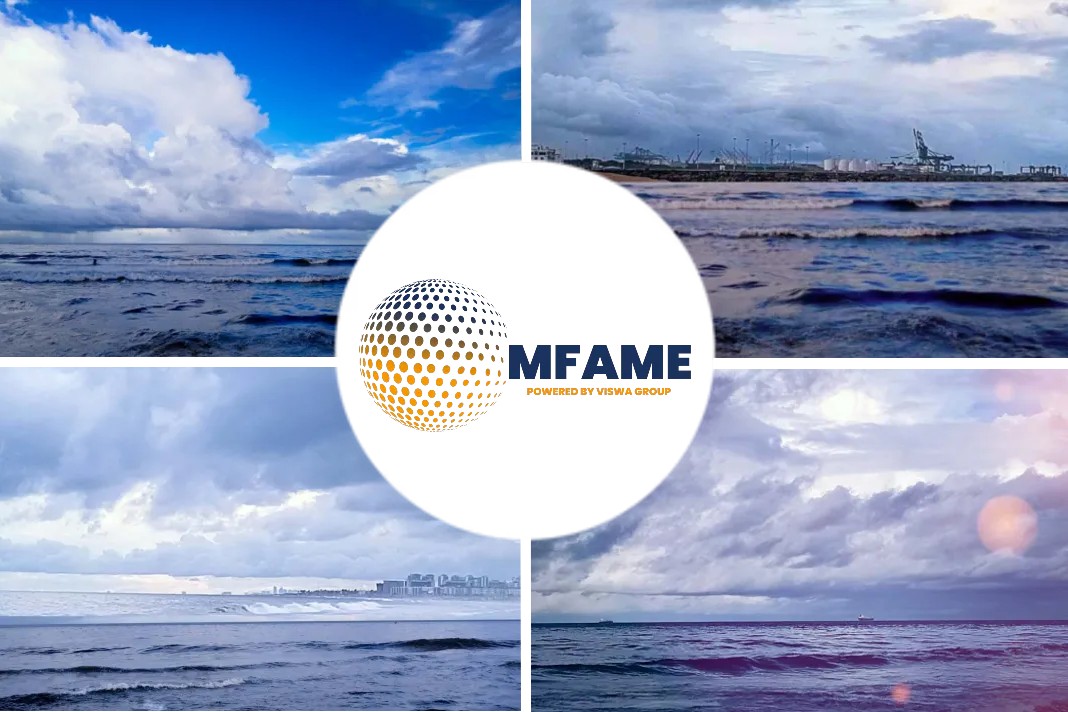- Shipowners in the clean tanker market have observed the sharp uptick in freight rates for dirty vessels, as continued tightness for Aframax vessels in particular has allowed owners to hold a strong position in commanding firmer indications in recent weeks.
- LR owners have assessed the feasibility of converting to dirty products and highlight the sharp upturn in Aframax freight rates in the North Sea as a marker for the higher profit margins.
Long range clean tanker owners West of Suez are opting to load dirty petroleum products onto their vessels as they seek strong arbitrage opportunities in a market rising sharply in various basins, reports Platts.
LR tankers shipping dirty petroleum
- The La Boheme, an LR1 vessel, was reported by sources to be on subjects for a Denmark to Singapore shipment basis 60,000 mt at a lump sum of $2.5 million. The vessel will carry fuel oil. By comparison, the latest indications for LR2 tankers for Continent-Japan shipments basis 80,000 mt were heard at the same level.
- In another instance, the LR2 vessel Clearocean Apollon was heard on subjects for an Amsterdam-Rotterdam-Antwerp to Persian Gulf shipment carrying dirty products at a lump sum of $2.29 million, having previously carried diesel, S&P Global Platts trade flow software cFlow showed.
LR owners have assessed the feasibility of converting to dirty products and highlight the sharp upturn in Aframax freight rates in the North Sea as a marker for the higher profit margins that could be made carrying dirty rather than clean.
One broker suggested a lump sum of up to $4.5 million could be made for an LR2 loading in US Gulf to ship to China, compared with $2.5 million carrying clean products, equating to a $2 million profit.
“There are more and more people looking at this, both on the Continent and in the US as there are some real profits to be made if you convert,” a broker said.
Reduced tonnage availability
The near-term implications in both clean and dirty markets, should a higher frequency of owners choose to convert to the clean market, is the reduced tonnage availability for LR1s and 2s and the added tonnage for Aframaxes.
The UKC-UKC 80,000 mt freight rate was last assessed at $11.86/mt Tuesday, its highest since December 28 and up 94% since the 2019 low of $6.10/mt on April 8.
“We’ve waited a long time to see clean tankers switch to dirty and now the conditions are met,” said an Oslo-based Suezmax tanker broker.
Refiners in preparation for IMO 2020
Shippers and refiners are preparing for the 0.5% sulfur cap on emissions from marine fuel burnt on the high seas coming into force on January 1, 2020.
This will replace the current limit of 3.5%. Shippers will be able to burn 3.5% sulfur fuel on the high seas if they install a scrubber.
The consequences of switching to dirty products for LR owners would be the potential rising costs of cleaning tanks if or when they opt to transition back to transporting clean products.
However, this isn’t enough to deter them from accessing the growing arbitrage window at present.
Cleaning process post IMO 2020
After IMO 2020, ships are likely to have to burn their bunker fuel while undergoing the cleaning process, which will imply higher costs given the expected bunker increases in 2020.
“Cleaning your tanks in 2020 will probably cost an owner a total of $750,000 compared to around $500,000 before, but owners could likely keep their tankers holding dirty for six months to a year, most likely,” a broker said.
A survey of bunker buyers by supplier Monjasa indicates 0.5% sulfur marine fuel is the preferred choice among shippers as the market adjusts to the impending tougher sulfur cap.
Platts assessed 0.5% sulfur marine fuel Rotterdam barges for October at $195/mt Monday.
VLSFO over Marine gasoil
The assessments for the following months were progressively higher through to March 2020, which was assessed at $271/mt. After that point assessments were lower, with April value at $255/mt.
According to Monjasa’s survey, 91.3% of customers expect to buy VLSFO regularly during the fourth quarter; by January 1, 21.7% expect to completely replace 3.5% sulfur fuel oil with 0.5%.
“The vast majority (69.6%) prefer purchasing VLSFO over [marine gasoil]. A minority of 8.7% said they can rule out placing orders for VLSFO in 2019,“ Monjasa said.
Did you subscribe to our daily newsletter?
It’s Free! Click here to Subscribe!
Source: Platts
























